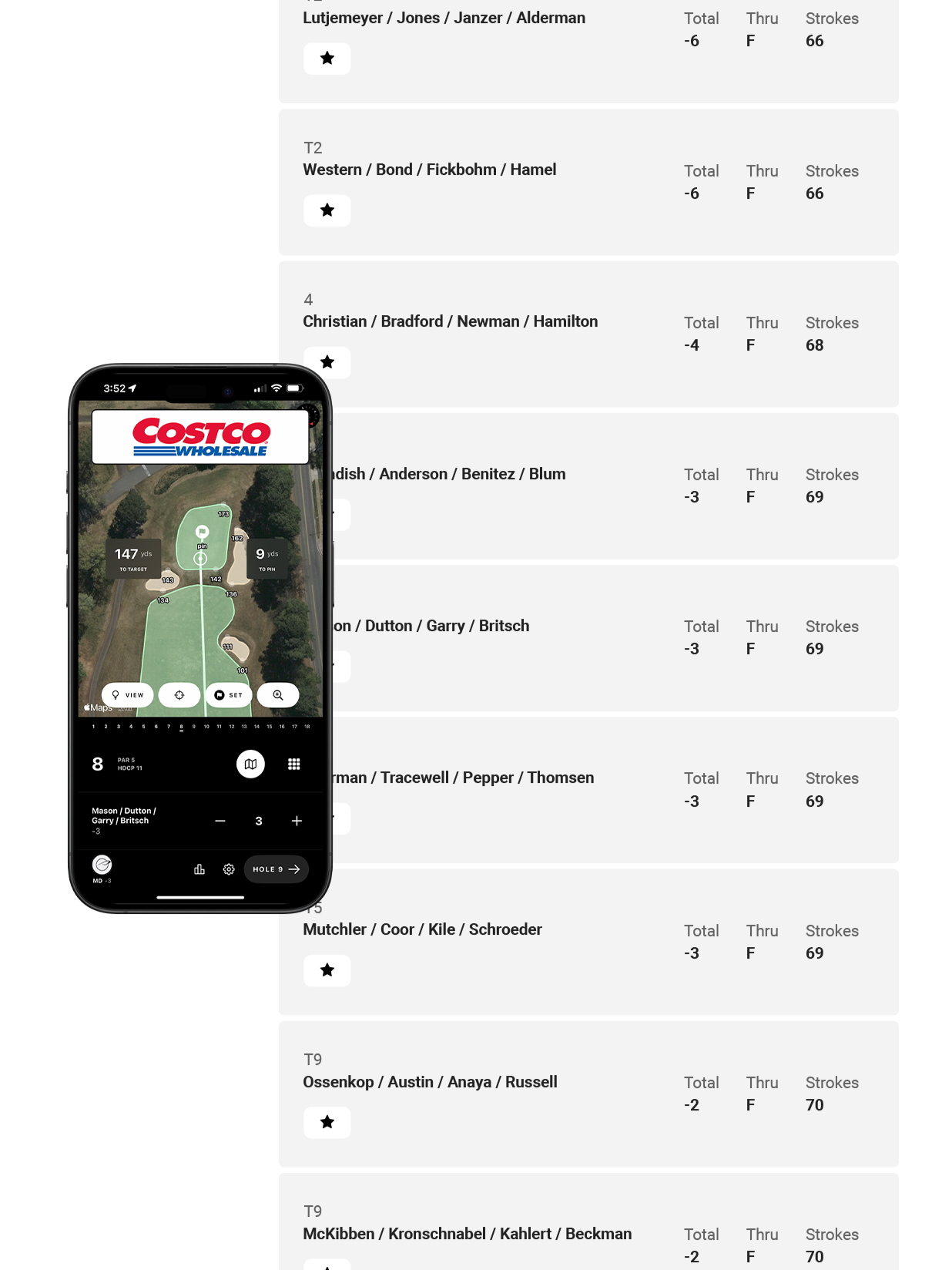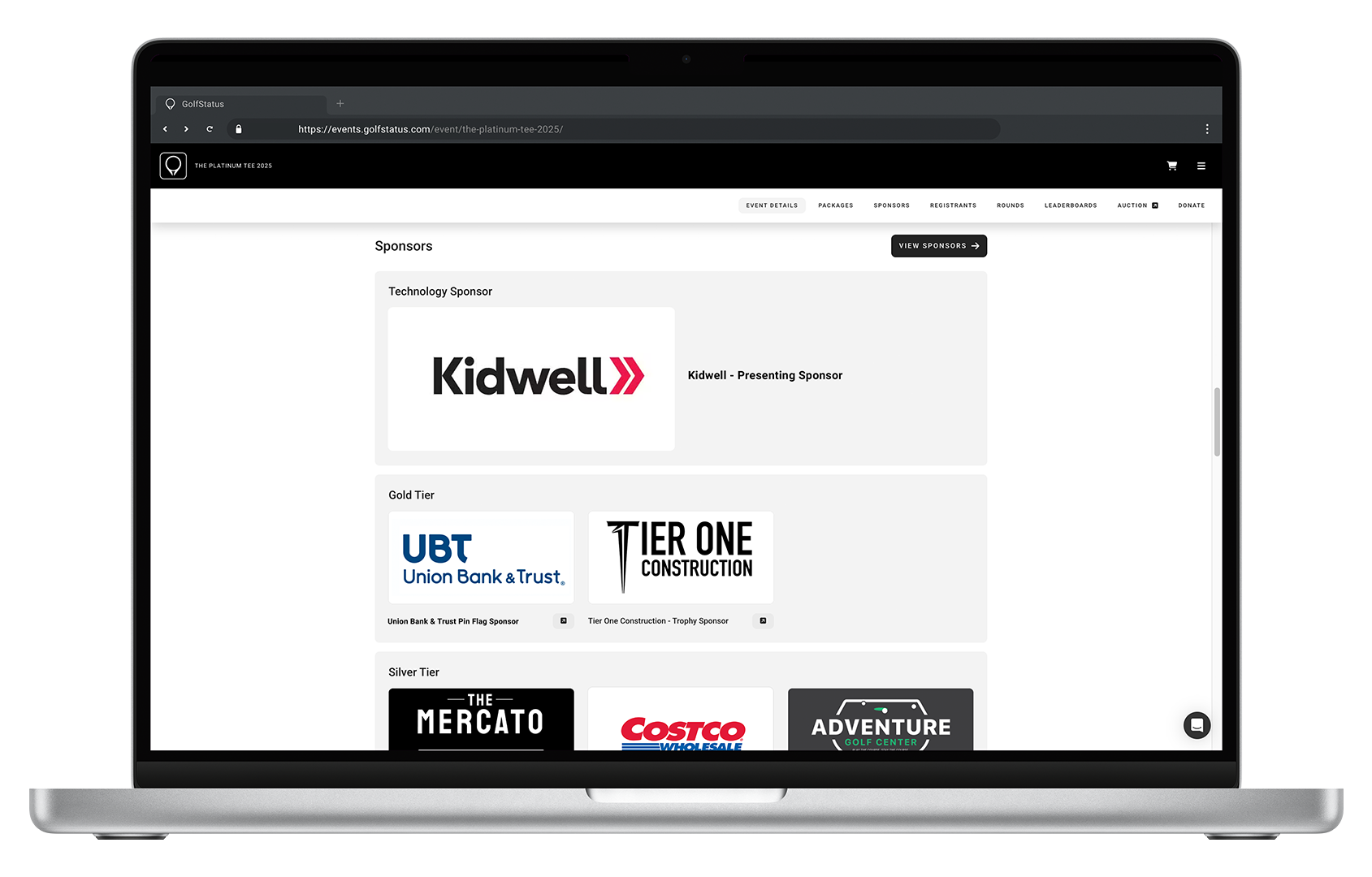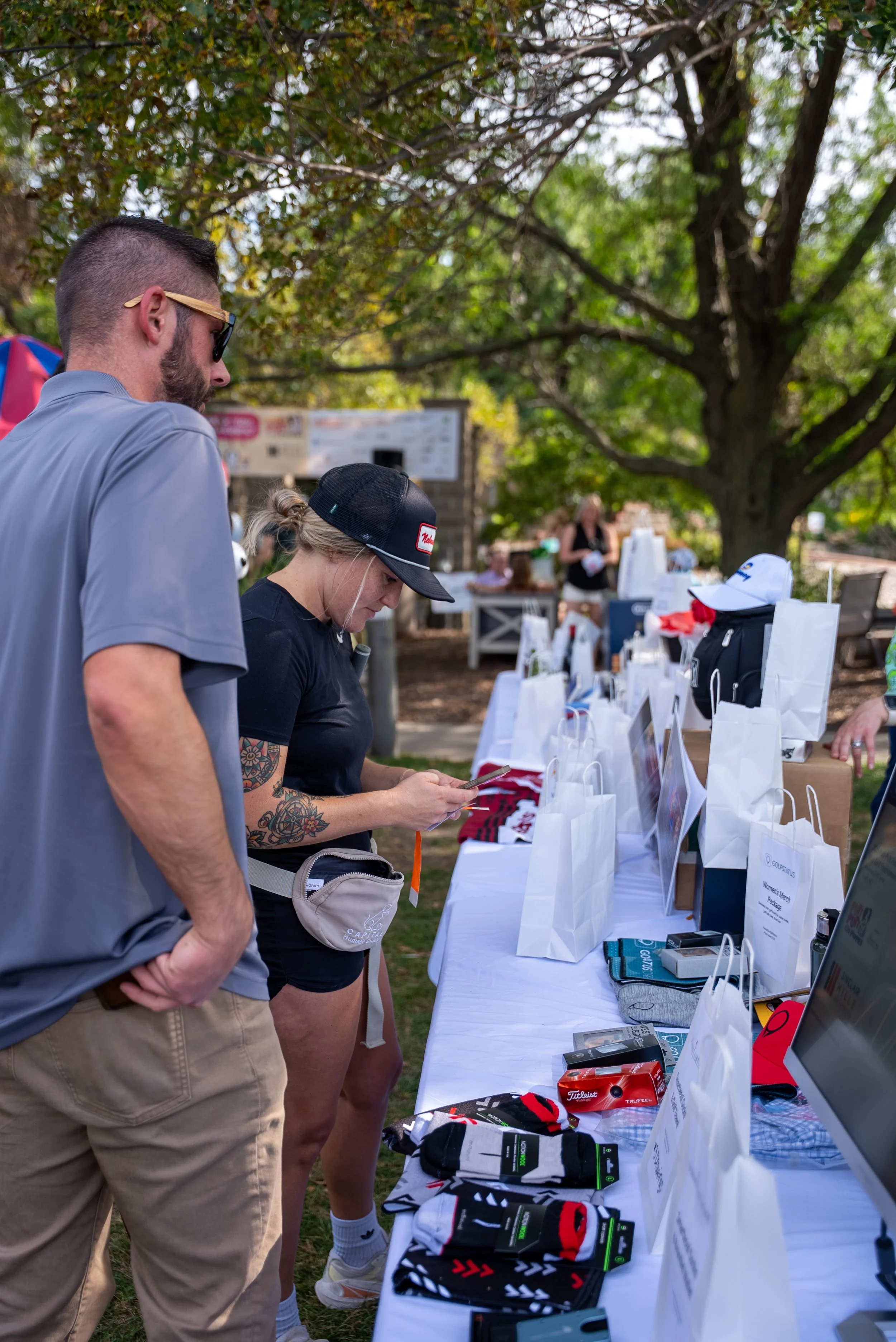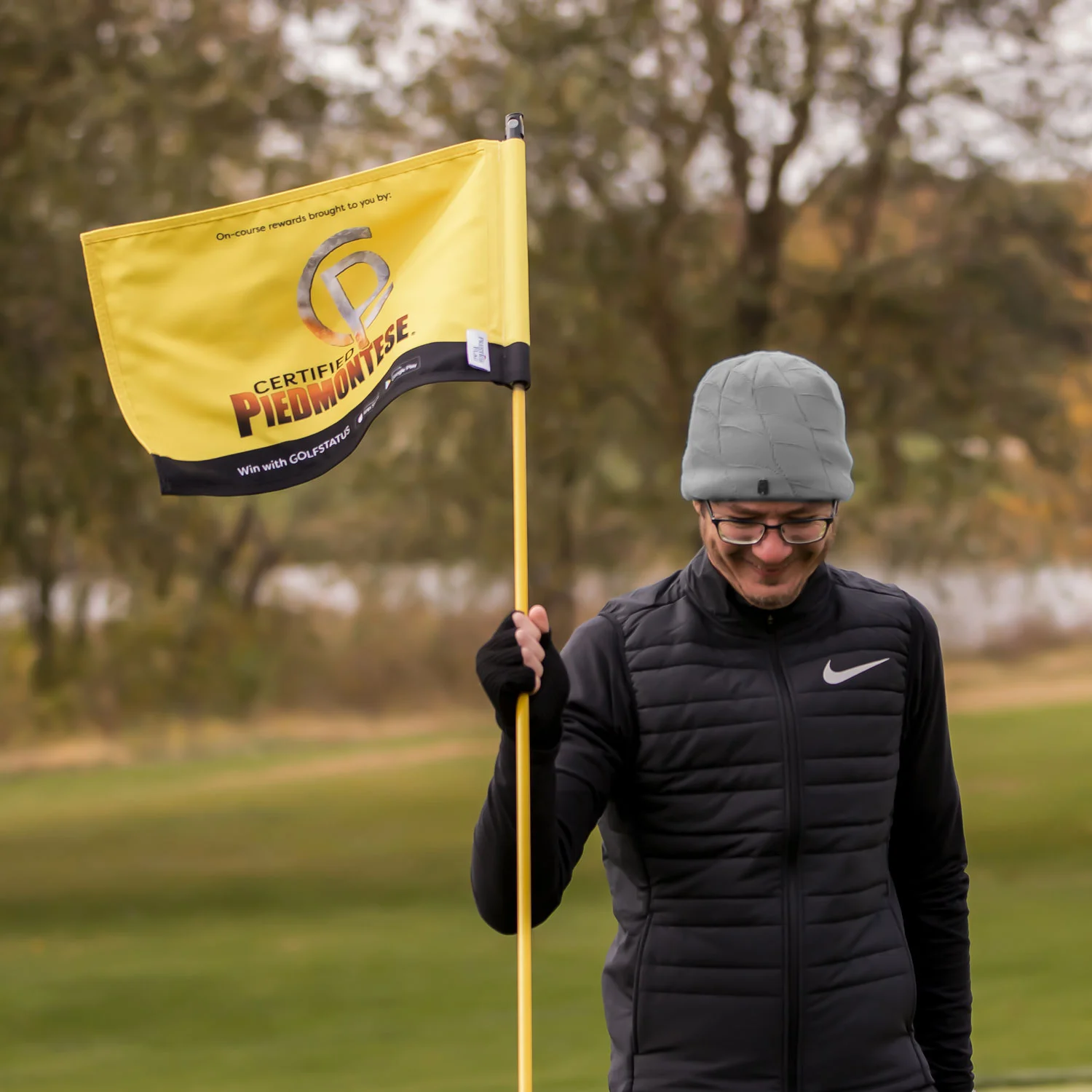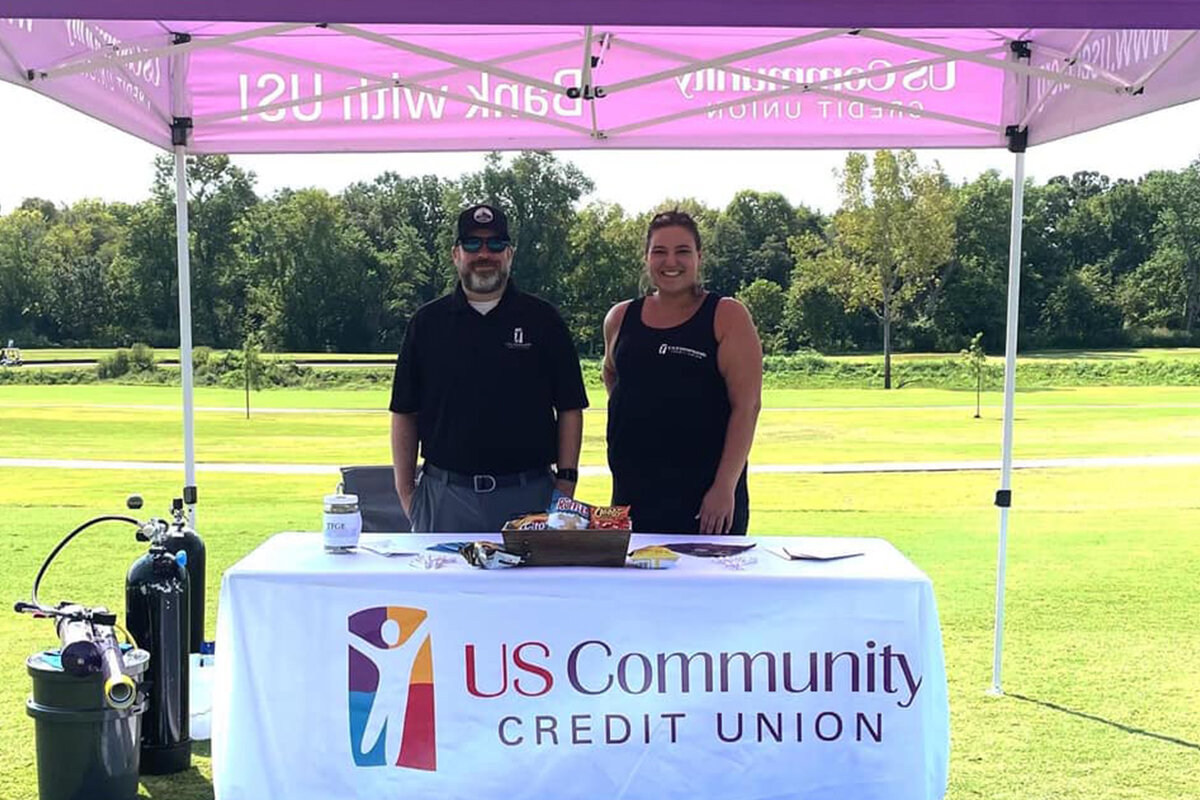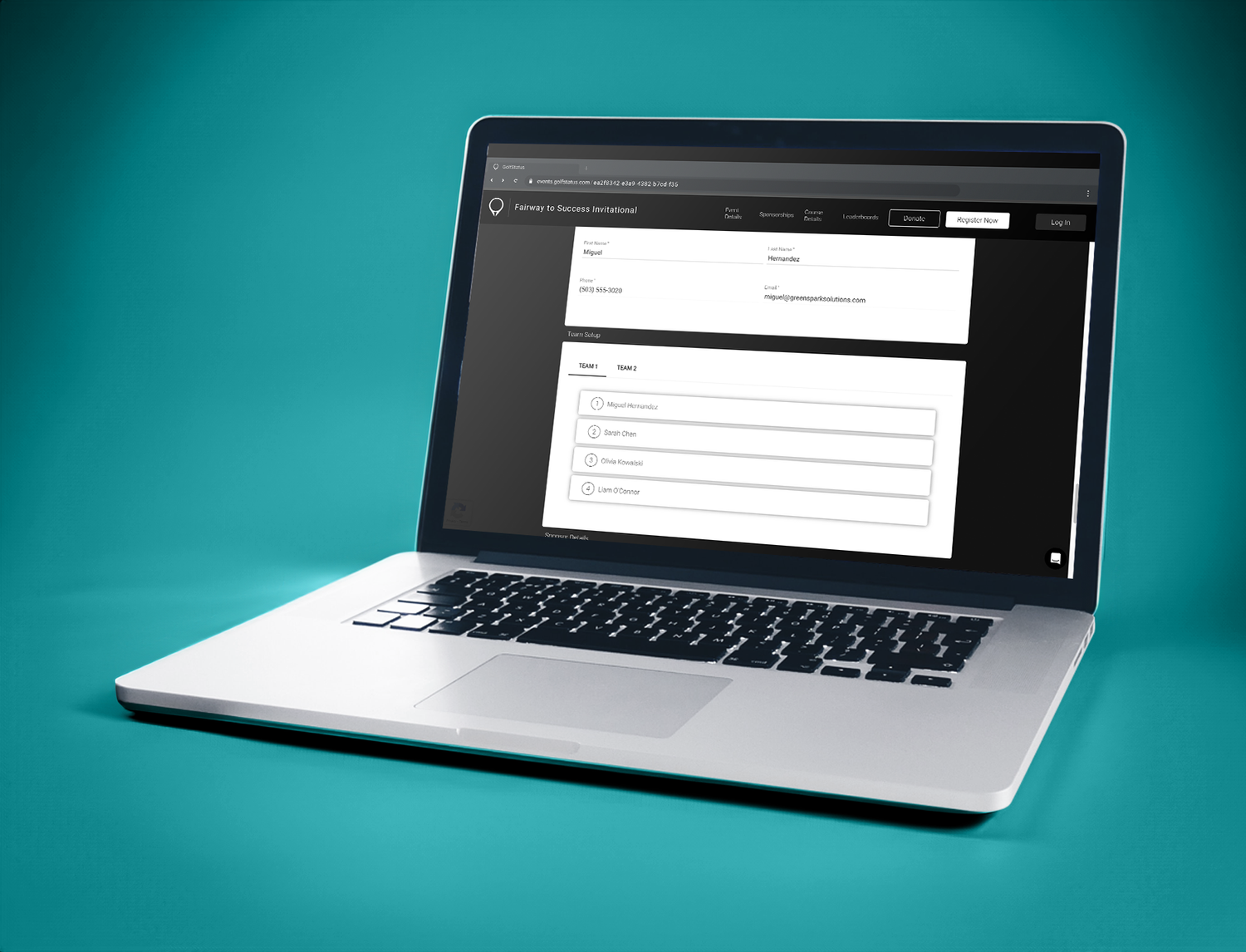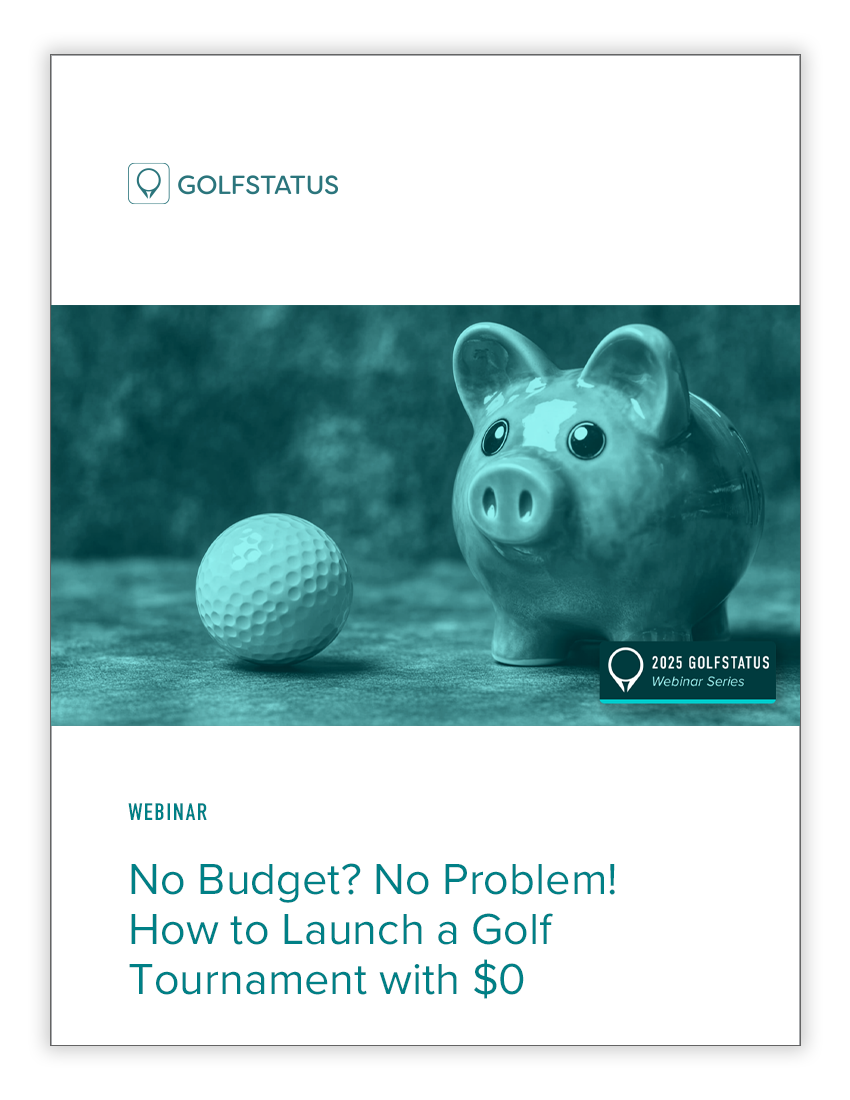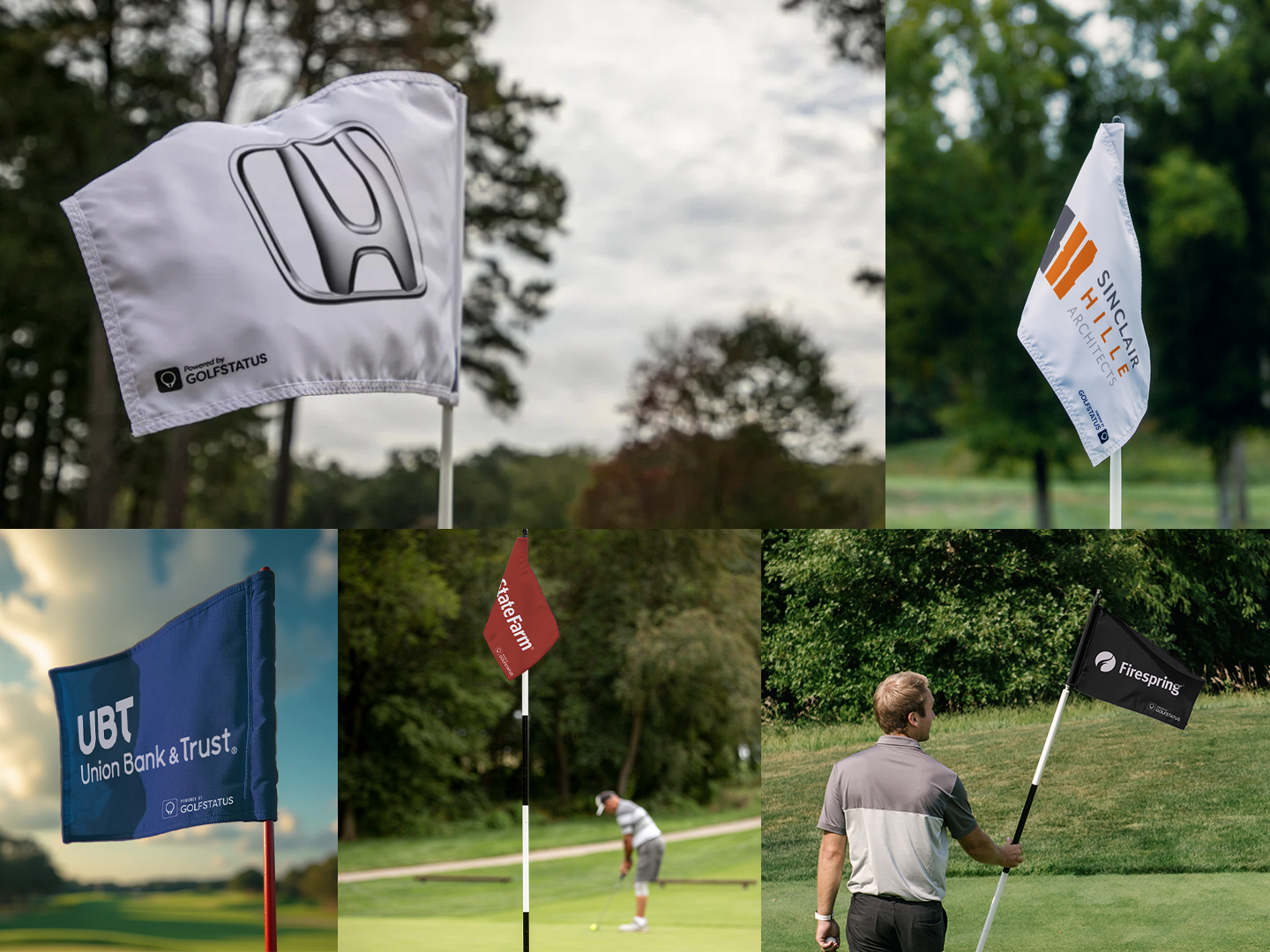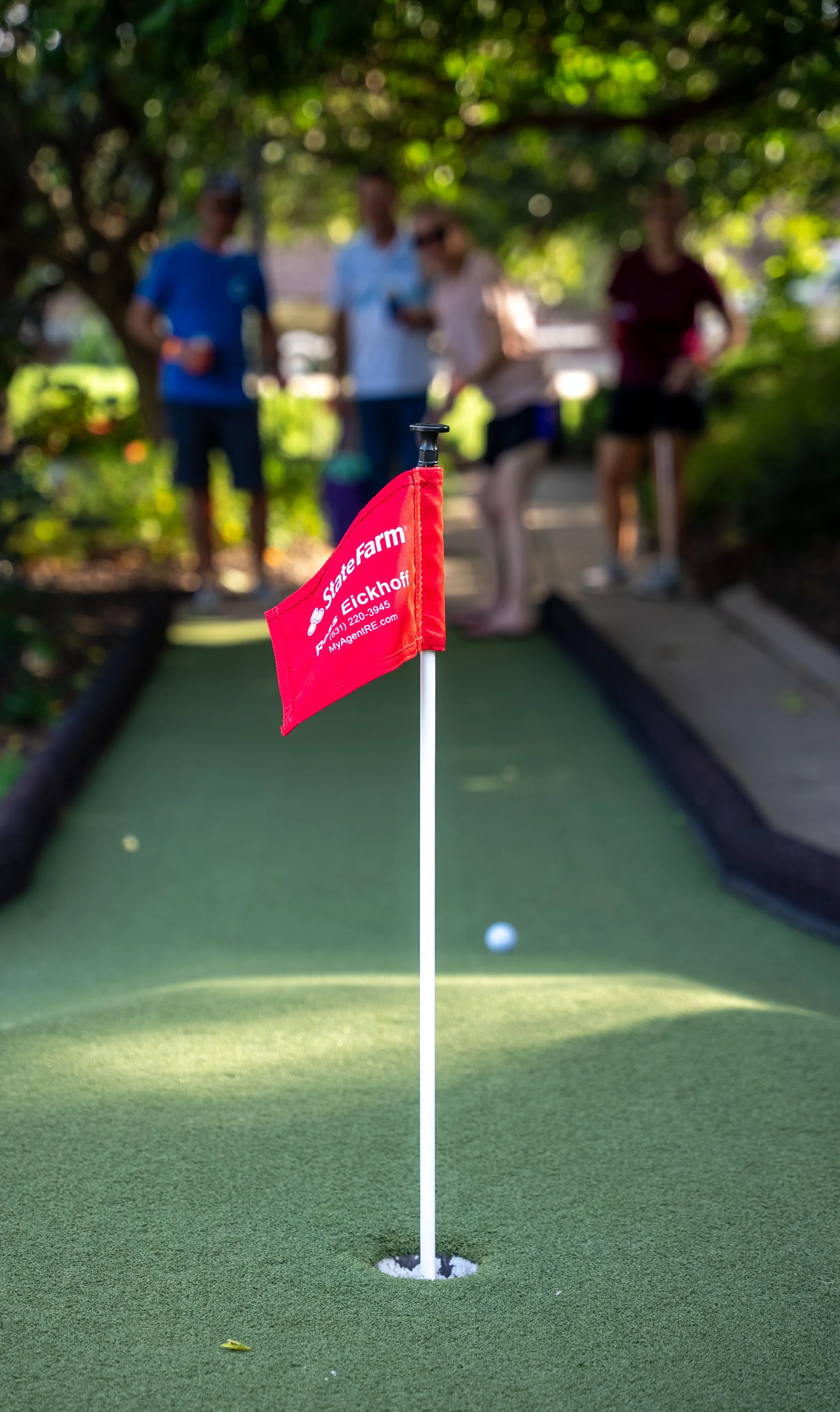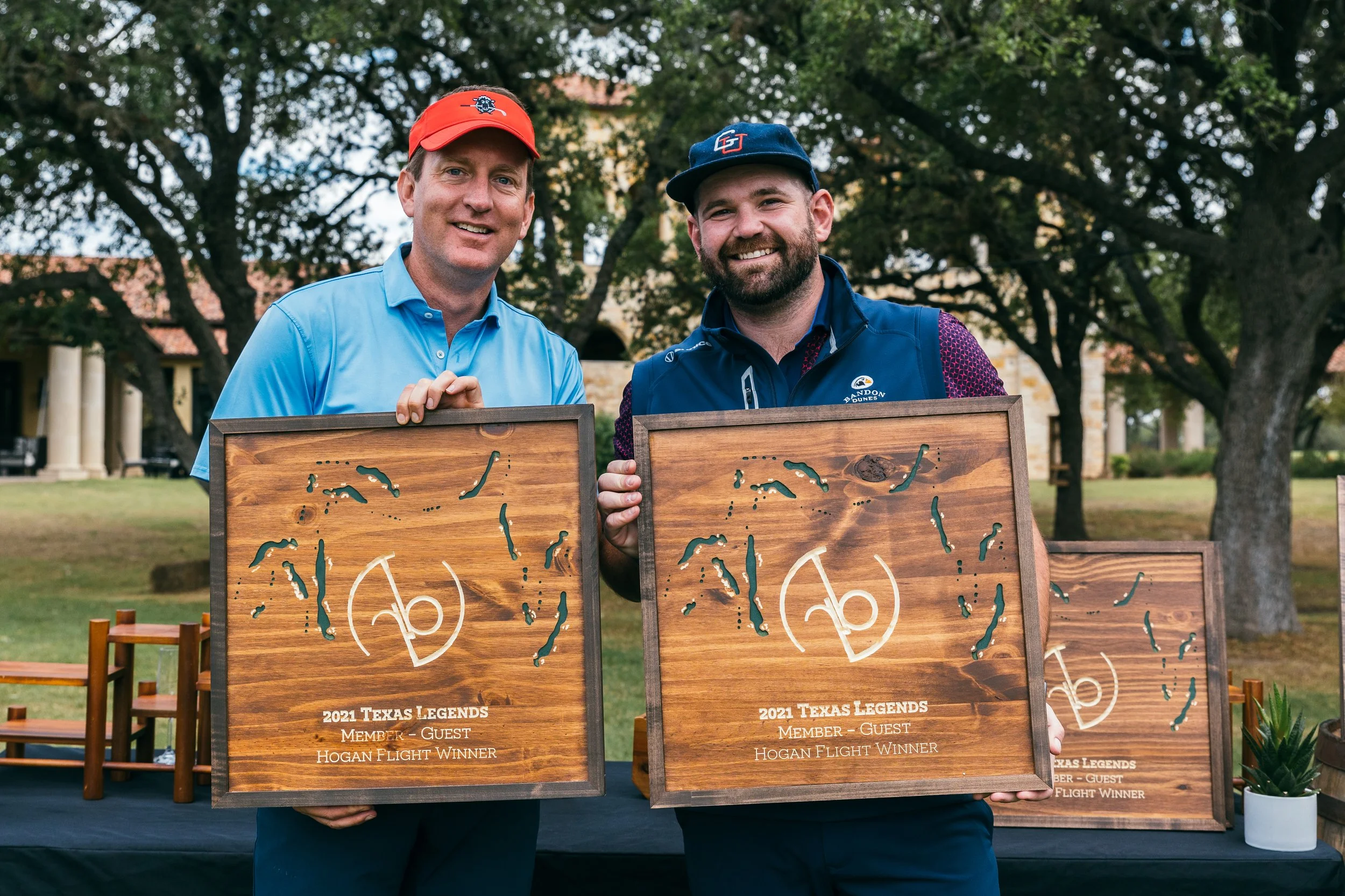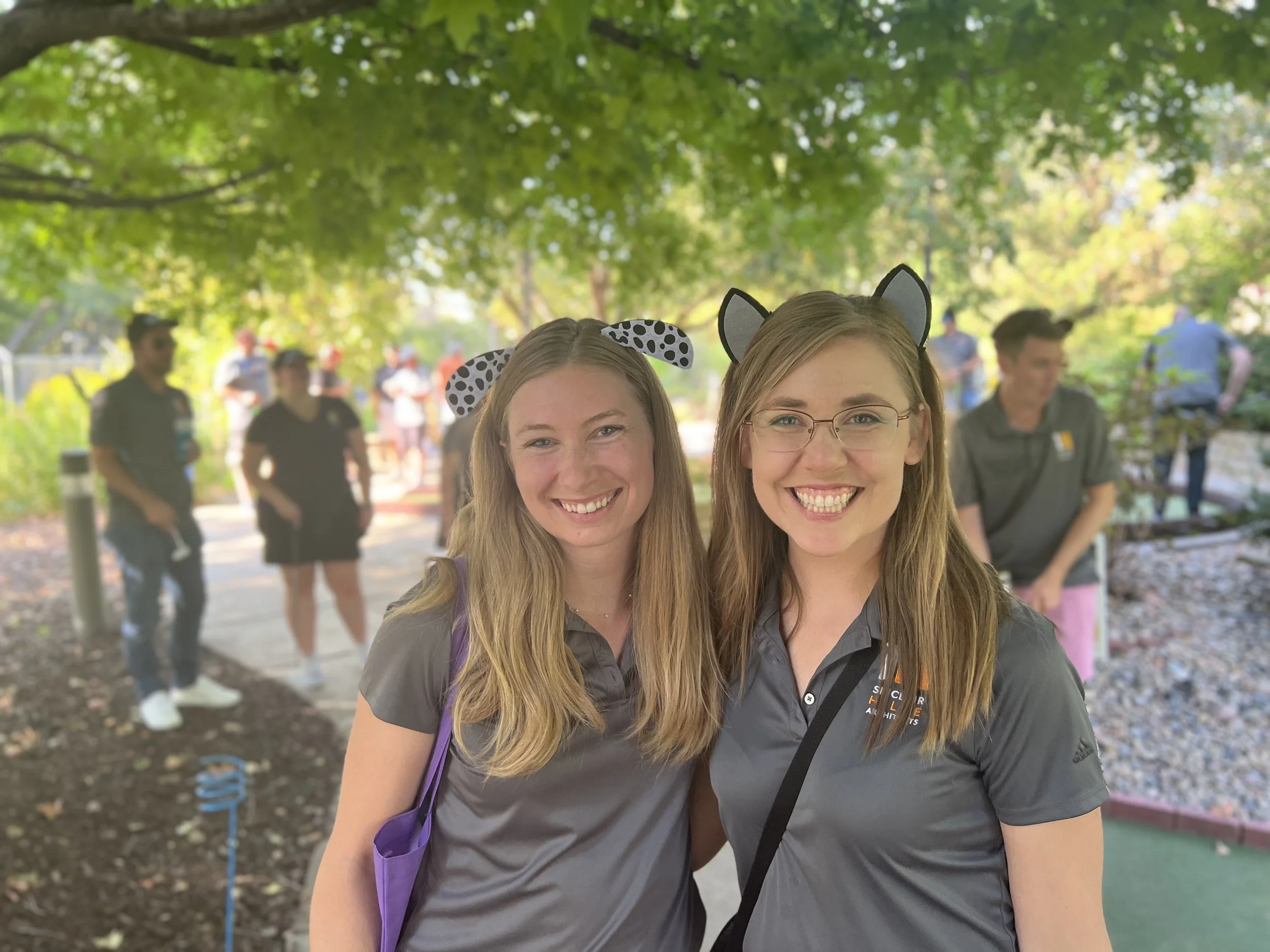by Jen Wemhoff, Communications Manager at GolfStatus
Planning a golf tournament is no small task. From registration to logistics and sponsorships to scoring, there’s a lot to manage, and plenty of opportunities for things to get unnecessarily complicated.
But—there’s good news for tournament organizers. Modern golf-specific tech has completely changed the game, streamlining planning, improving communication, enhancing the golfer experience, and, best of all, increasing fundraising revenue. Whether you’re just jumping into golf fundraising or need a way to boost efficiency for an existing tournament, here are 10 ways tournament tech makes planning and running a successful golf fundraiser easier and more impactful than ever.
Tech not only makes planning and executing a golf fundraiser easy and efficient, it elevates the tournament experience for golfers.
1. It Keeps Everyone On the Same Page
Golf tournaments have more moving parts than most fundraising events. A golf-specific platform organizes every detail—handicaps, hole assignments, sponsorships, and pairings—and keeps it in one easily accessible place. That means no bouncing between tools, spreadsheets, texts, or email chains. Everyone, including your planning team, volunteers, and even the golf facility, all work from the same real-time information. This means less work, fewer mistakes, and hours of manual effort eliminated.
2. Registration Becomes Streamlined, Accurate & Error-Free
Paper forms, mailed checks, handwritten credit card information, and Venmos all leave room for lost data and frustrated donors and organizers. An event website with online registration and secure payment processing fixes all of that.
Players and sponsors sign up with just a few clicks, and their details flow directly into your platform—with no time and effort required on your part. You get complete, accurate golfer and sponsor information every time, and supporters enjoy a smooth experience from the start.
3. Duplicate Work & Siloed Information Are No More
Committees and volunteers are essential, but without the right management tool, they can unintentionally create duplicative work or inconsistent data. A web-based platform ensures your whole team can collaborate in real time, so everyone sees the same golfer, sponsor, and payment information. This makes planning responsibilities easier to delegate, and no single person has to carry the administrative burden.
Golf Tournament Fundraiser Checklist & Planning Timeline
Download this free template to get a comprehensive planning checklist, complete with suggested due dates based on your time to plan. Map out and delegate your team’s to-dos to keep everyone on task and on target.
4. Golf-Specific Details Are Handled (No Golf Knowledge Required)
Details like format, mulligans, handicaps, flights, tie-breakers, and skins are unique to golf and can be confusing, especially if you’re not a golfer. Tech designed for golf events walks you through the details so nothing gets overlooked. Even first-timers can confidently plan and execute a professional, well-structured event with the support of a platform built for golf.
Just as important as the tech itself is the team that supports it. Your golf event management platform should be backed by a knowledgeable, responsible team of golf fundraising experts. Beyond answering questions about the platform, the team should be able to offer guidance on everything from choosing a format to building sponsorship packages—at no additional cost.
5. Live Scoring Makes the Round More Fun & Engaging
Replacing paper scorecards with digital live scoring comes with a ton of upsides. Not only does it eliminate scoring errors and long waits for final results, but it also keeps golfers engaged and excited throughout the tournament. Golfers enter their scores on a mobile scoring app, which syncs to live leaderboards. Because golfers can check the standings every time they enter a score, the tournament becomes more exciting. And—sponsors get yet another digital touchpoint.
Golf facility staff benefit, too. They no longer need to tally scores manually or hunt down missing scorecards at the end of the round. Post-flighting and tie-breakers can be done with just a click, so you can announce the winners sooner and move on to the post-golf festivities.
6. Sponsors Get More, Better Exposure
Sponsors are the revenue powerhouse of golf fundraisers, and technology makes their support even more valuable. Digital exposure extends exposure far beyond traditional day-of placements. Your software should offer digital sponsor touchpoints throughout the platform, including:
The event website
The live scoring mobile app
Mobile scorecards
Push notifications and in-app messaging
Live leaderboards
Printed cart signs, scorecards, and reports
Sponsors can also upload their own logos and links at registration, saving your team (and the sponsor) time. Better exposure means better ROI, which makes sponsorships easier to sell and renew year over year.
With a golf event management platform, sponsors earn impressions with every visit to the tournament website.
7. Tech Unlocks New Fundraising Streams
A modern platform shouldn’t just make planning easier; it should also increase your tournament’s bottom line. Look for tech that enables:
Online donations before, during, and after the tournament
A donation tracker to show progress toward donation goals
Selling add-ons like mulligans, raffle tickets, and on-course game entry in one checkout flow
Round-up donations at checkout
Digital sponsorship opportunities and exposure
Online auction capabilities
You should also look for other tournament add-ons that help drive even more income, like custom pin flags, hole-in-one contests, and signage.
These revenue boosts add up, bringing in thousands of extra dollars without adding a mountain of work for you and your planning team.
8. Communication Becomes Instant, Targeted & Reliable
Communication can be a challenge for golf events. Outdated email lists, last-minute updates, weather delays, or rule changes can lead to confusion. Tech centralizes your messaging, allowing updates to reach participants sooner. Look for a platform that has communication tools baked in:
Automated confirmation emails and receipts
Event-wide email blasts
Live scoring app notifications
In-app messaging
Easy event website updates
Beyond just sharing updates, these communication tools can be used to promote contests, auction items, raffle prizes, donation goal statuses, sponsor messages, and mission information.
9. It Doesn’t Come With a Huge Price Tag
Many nonprofits assume purpose-built tech is out of reach, but mission-driven software solutions are built specifically to fit nonprofit budgets. Because the right tool helps you become more efficient and raise more in sponsorships, registrations, and donations, it typically delivers more in value than in costs.
Even better, some offer no upfront cost access that makes adopting technology a financial win instead of an expense. Look for options to pass processing fees onto registrants, win-win add-on pricing, and cost transparency.
Golf event management tech doesn’t have to come with a huge price tag or line item in your budget!
10. You Save Time This Year—And Next Year Too
Tournament tech pays dividends long after the event ends. When your outing wraps, you can:
Export donor and participant data to include in your CRM
Quickly begin donor stewardship, participant thank yous, and sponsor reporting
Copy your event with a few clicks to launch next year’s tournament
Keep your audience engaged with early save-the-dates
Because everything is documented and organized, each year gets easier and more efficient than the last.
Final Thoughts
Technology makes golf fundraisers easier, more efficient, and more profitable for organizations and tournaments of all types and sizes. When you pair the fundraising power of the golf event with golf-specific tech, you get a streamlined planning process, stronger donor engagement, happier sponsors, and bigger revenue potential.
In short, tech lets you do more good with less effort, setting your golf tournament up for long-term growth and success to help power your mission.




